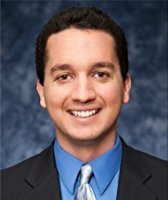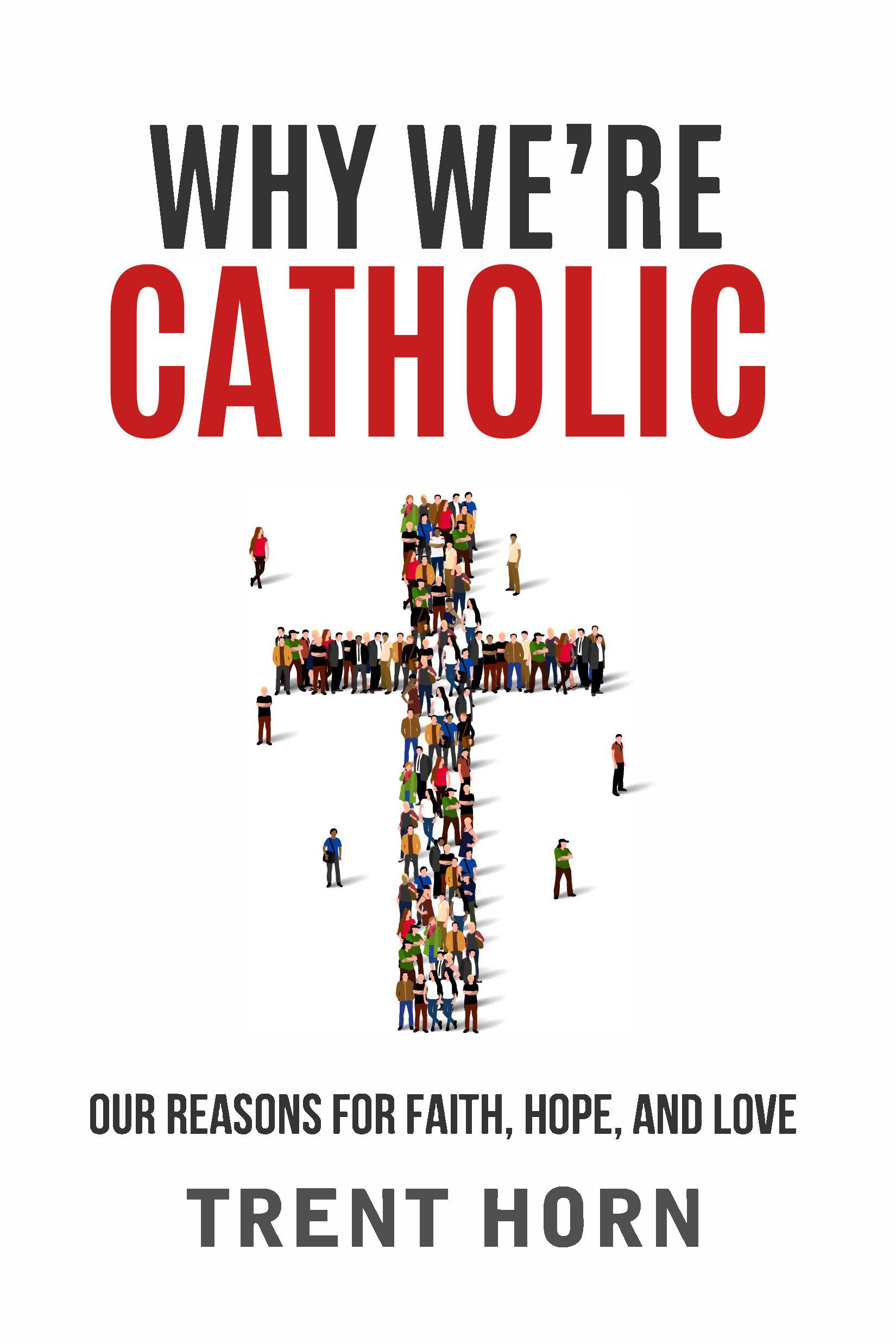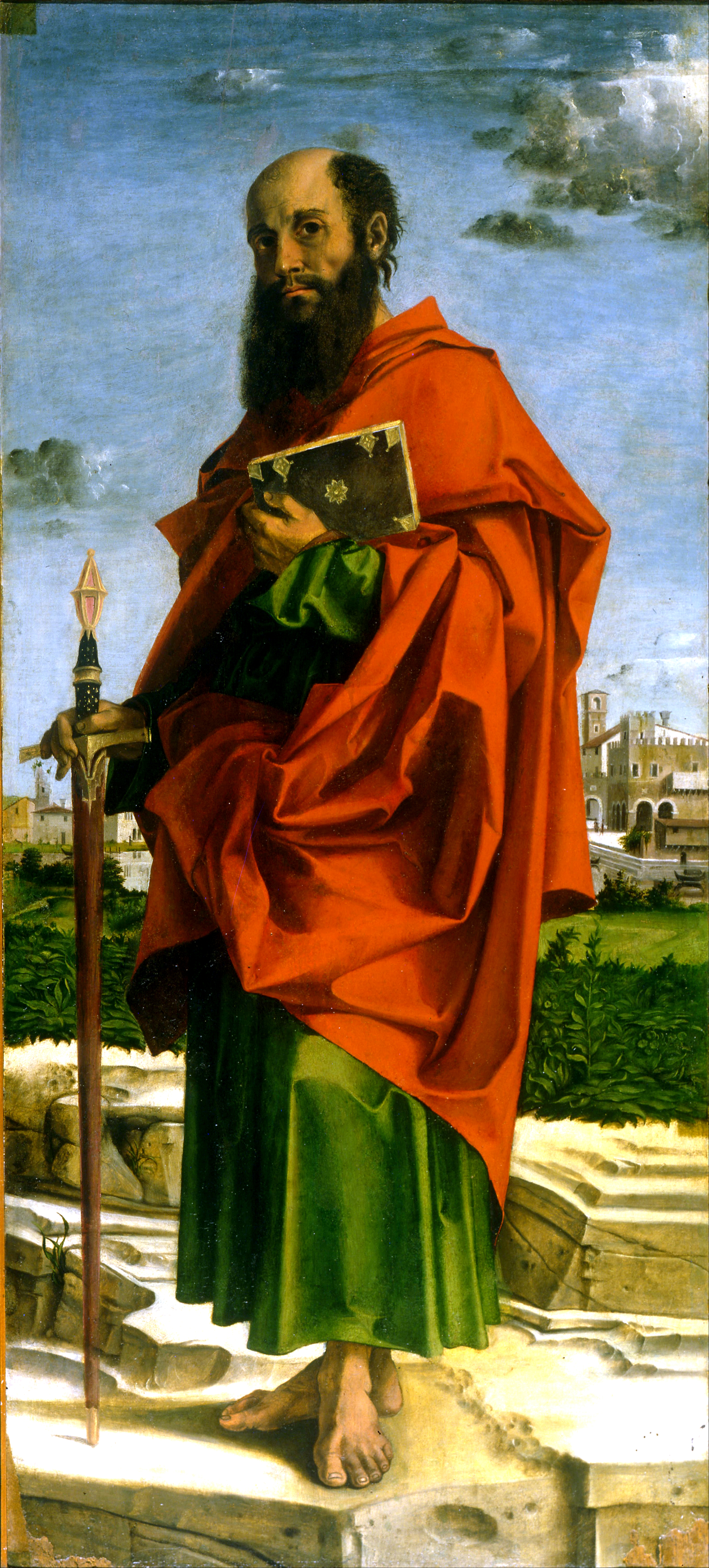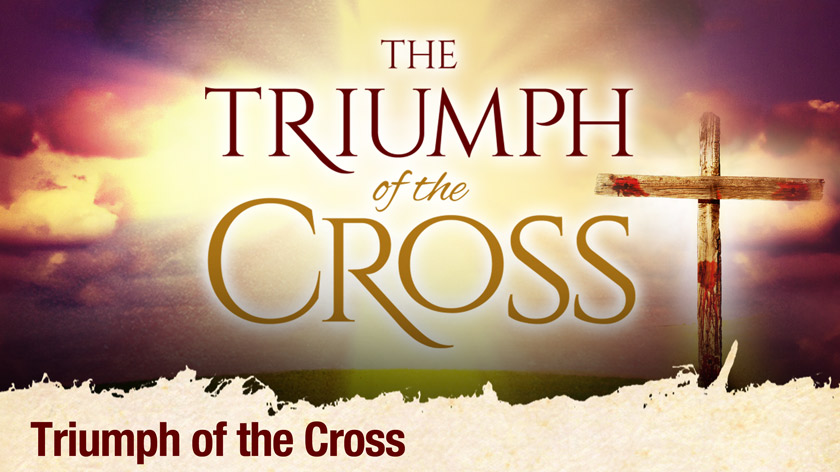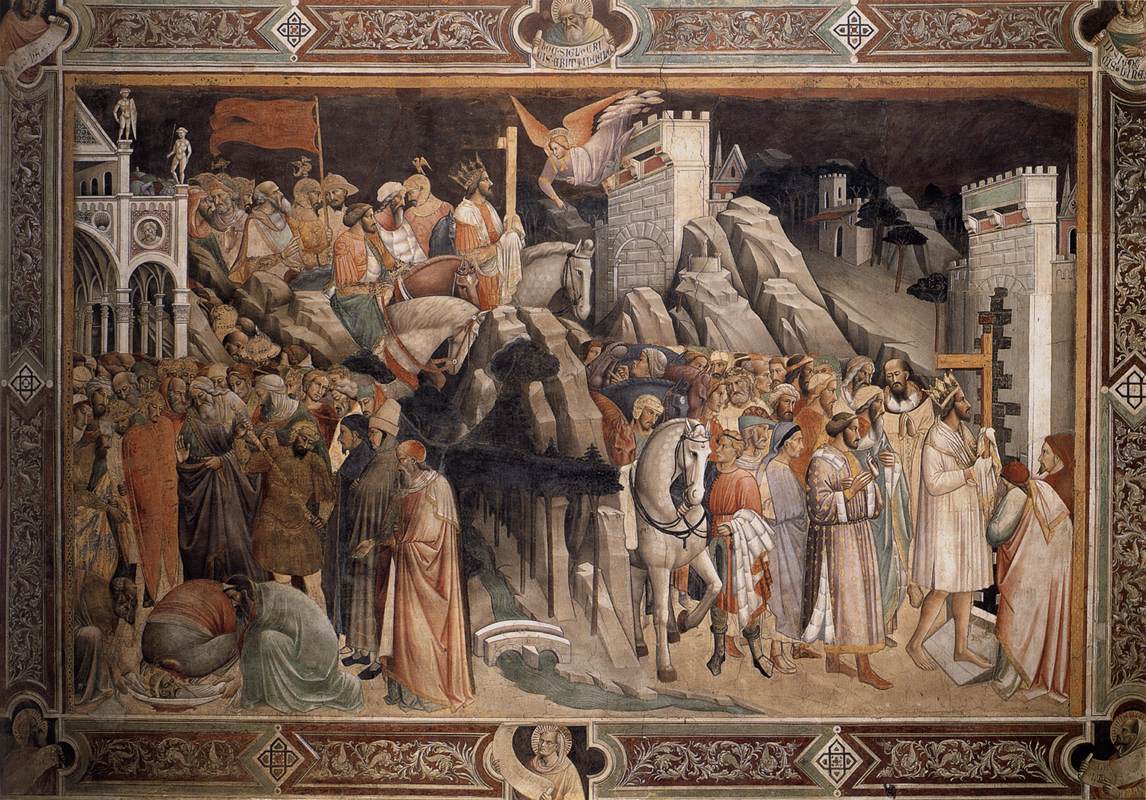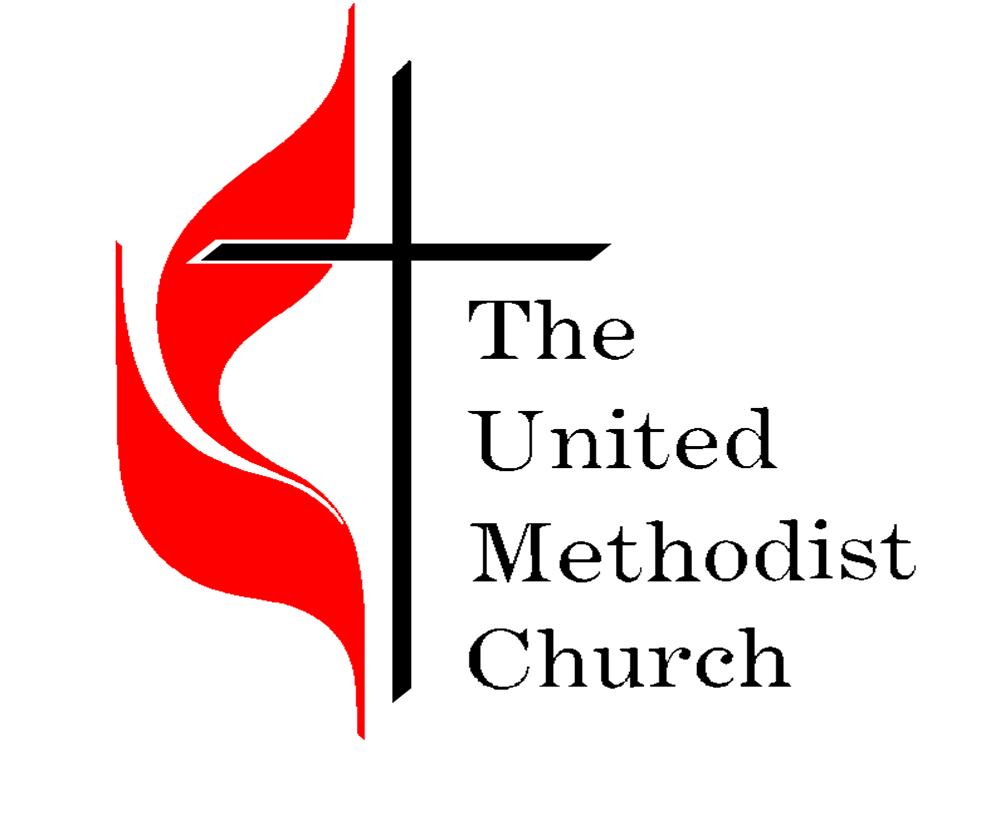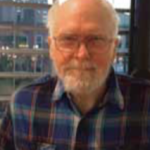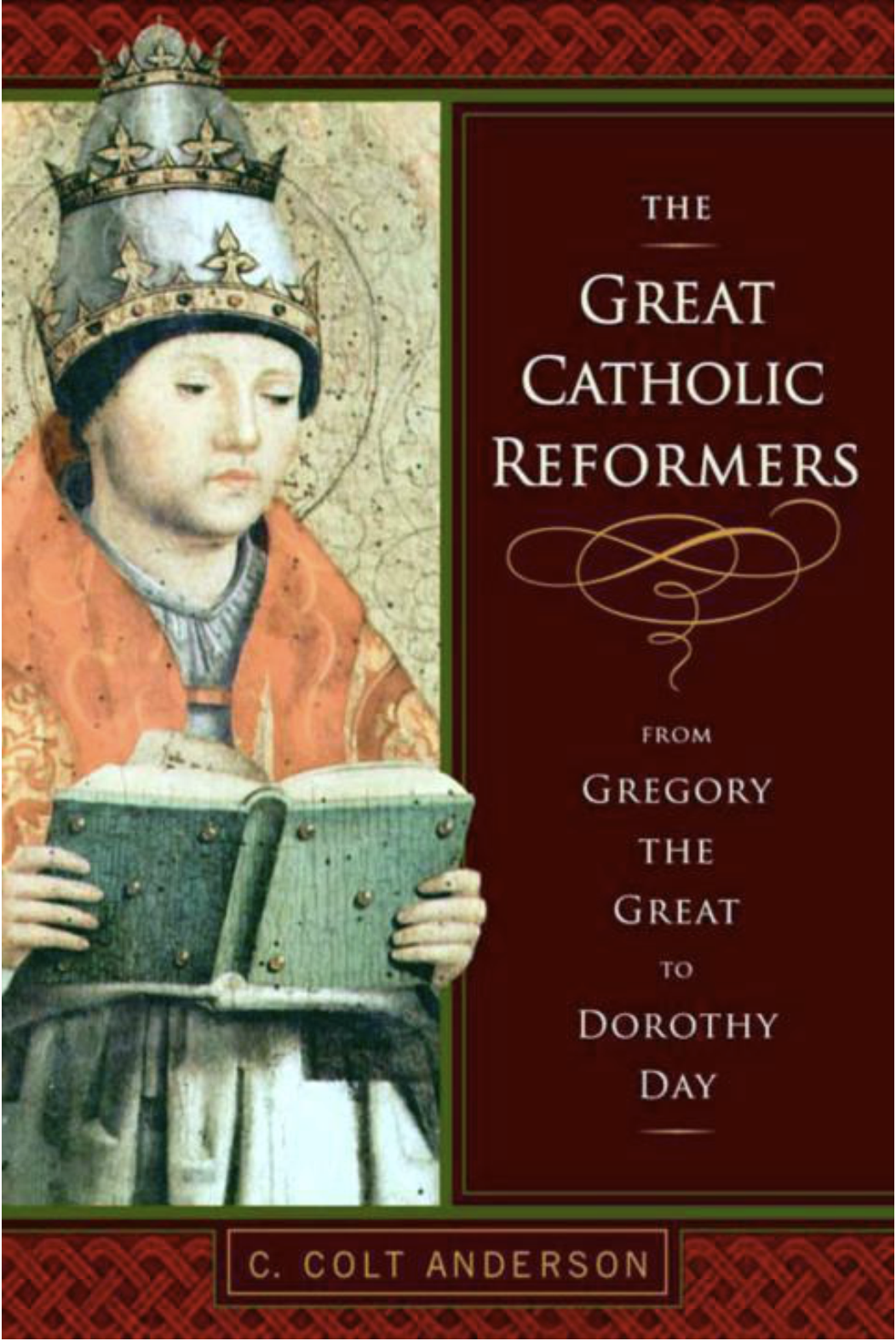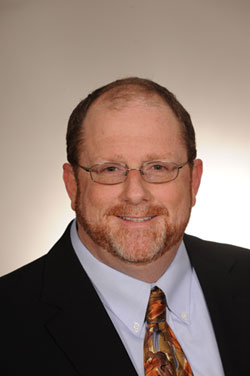
-John Wesley, founder of Methodism

-by William J. Abraham, June 1998, is the Albert Cook Outler Professor of Wesley Studies at the Perkins School of Theology, Southern Methodist University. He is the author of “Waking From Doctrinal Amnesia: The Healing of Doctrine in the United Methodist Church” (1995) and “Canon and Criterion in Christian Theology from the Fathers to Feminism”, from Clarendon/Oxford University Press.
“The United Methodist Church stands at a critical moment. Founded in 1968 at a time of ecumenical enthusiasm and euphoria, it now harbors within it forces that threaten to destroy it as a single body. Those forces did not arise overnight; indeed they stretch back into the parent bodies that merged to form United Methodism. Three groups, the liberals, radicals, and conservatives, are finding their uneasy compromise difficult to maintain.
It has long been agreed that United Methodism is a coalition of diverse conviction and opinion, having been formed under the banner of theological pluralism. Church leaders took the view in the 1970s that the core identity of United Methodism, if there was one at all, was located in commitment to the Methodist Quadrilateral (Scripture, tradition, reason, and experience), and that this not only permitted but in fact sanctioned and fostered doctrinal pluralism.
Doctrinal pluralism, despite its intellectual incoherence, will work so long as something akin to Liberal Protestantism is held by the leadership of the church and so long as those who are not Liberal Protestants acquiesce. In fact pluralism is part of the intellectual structure of Liberal Protestantism.
If you believe that Christian doctrine is essentially an attempt to capture dimensions of human experience that defy precise expression in language because of personal and cultural limitations, then the truth about God, the human condition, salvation, and the like can never be adequately posited once and for all; on the contrary, the church must express ever and anew its experience of the divine as mediated through Jesus Christ.
The church becomes a kind of eternal seminar whose standard texts keep changing and whose conversation never ends. In these circumstances pluralism is an inescapable feature of the church’s life. Pluralism effectively prevents the emergence of Christian doctrinal confession, that is, agreed Christian conviction and truth; and it creates the psychological and social conditions for constant self-criticism and review.
The incoherence of this position is not difficult to discern, despite its initial plausibility. On its own terms it cannot tolerate, for example, those who believe that there really is a definitive revelation of the divine, that the church really can discern and express the truth about God through the working of reason and the Holy Spirit, and that such truth is necessary for effective mission and service. Hence pluralism is by nature exclusionary. Thus it is no surprise that pluralists readily desert their pluralism in their vehement opposition to certain kinds of classical and conservative theology.
Pluralism is at once absolutist and relativist. It is absolutely committed to the negative doctrine that there is no divine revelation that delivers genuine knowledge of God; it is absolutely committed to a radically apophatic conception of Christian theology, so that no human language or concept, no product of reason at all, can adequately express the mystery of the divine; and it is absolutely committed to using theology to articulate Christian doctrine given the needs and idiom of the day. But it is relativist in its vision of what constitutes the material content of Christian doctrine at any point in history. Doctrine for the pluralists is the expression of Christian teaching as worked out by some appropriate theology and expressed in terms adequate to the culture of the day. To them, Christian tradition constitutes a series of landmark expressions of the faith which are worth exploring, but which must change to incorporate new insights and new truth. On this analysis tradition is seen to be a relatively benign, if not strictly binding, phenomenon.
More recently, however, a very different attitude to the church’s tradition has emerged. There is now abroad in theology a form of Radical Protestantism which constitutes a whole new vision of Christian faith and existence. Its proponents claim that the tradition is dominated by patriarchy and exclusion, the product of oppressive forces linked to geographical location, social class, race, and gender. It is not to be tolerated, but stamped out and destroyed. Nobody, at least in public, would be prepared to state the matter that bluntly, but that is the truth of the matter.
Like the liberals, the radicals are both absolutists and relativists, but about different matters. They absolutize a commitment to liberation, emancipation, and empowerment. Equally absolute is the privileged position of designated victims of oppression. In some radical circles we can detect that a working doctrine of divine revelation has crept back into their discourse, where certain experiences of oppression and liberation are taken as epiphanies or as visible signs of the reign of God, and anything that questions the truth embedded in these experiences must be suppressed. On the other hand, radicals insist, we should not suppress the diverse convictions, ideologies, theories, and discourses of the new included groups. They become the real focus of pluralism as we try to foster different voices, experiences, readings, and proposals within the carefully circumscribed boundaries.
Within intellectual circles in United Methodism these developments have caused some consternation. Many of the great Liberal Protestant teachers of the tradition in the last generation have become disillusioned by the loss of their cherished conceptions of critical inquiry, courtesy, and academic standards. They are undergoing a mixed sense of despair, betrayal, and alienation. Their ideas of objective scholarship have been overtaken by forms of engaged or committed scholarship which they see as a mixture of radical subjectivism and political manipulation. A fertile few have managed to find a way to take on board some of the new theories without jettisoning the deep structure of their position, but the general sense is one of weariness and deep loss.
Recently, divisions that had only surfaced in academic discussions have begun to move out into the wider church. Significant numbers of women clergy now see opposition to their intellectual positions as ineradicably linked to right-wing Christianity or as inextricably tied to a backlash on the part of white male members in the church. This is entirely in keeping with the underlying convictions about knowledge and power that animate much of the new trend in theology.
These developments are a genuinely new arrival within the borders of United Methodism. This is not, of course, the first time that there has been a changing of the academic guard; but this time we have something more, an intentional political edge that does not permit it to be contained within the standard liberal language of tolerance and civility. “Engaged scholarship” brings into the heart of the discussion considerations related to emotion, commitment, personal identity, subjective reception, and radical enactment in the public arena. There is in fact a missionary dimension that drives its adherents to transform the church and the world. In this respect the new orthodoxy is very much like earlier forms of orthodoxy that sought to serve the church from within a very particular confessional stance. There is also a concomitant concern to link knowledge and action and to relate action to vital spirituality.
Many fine pastors, theologians, and administrators, people who have given a generation of service to the church and who are committed to a small core of Christological conviction surrounded by a very flexible outer ring of conviction, still imagine that things are much the same as they were when they were in seminary. Such leaders have been able to survive intellectually by folding the reigning diversity and pluralism into their conviction that Jesus really is the Son of God and the teacher and savior of the world. Their motto could be summed up: “Stick closely to Christ and leave the rest to God and human history.” This is an inadequate body of doctrine for the long haul of history, but it has served a whole generation remarkably well. Although they are aware that the intellectual landmarks are changing, they find it difficult to believe that the basic commitment to civility, relevant evidence, and respect for the tradition of the church across the ages might be overtaken by a very different vision of the church. Yet it is only a matter of time before the changes identified above will force themselves upon these leaders.
To round out this contemporary portrait of the United Methodist Church, something needs to be said about conservative or classical Methodists. It is this group, often identified in secularist fashion as the right wing of the denomination, that is accused of splitting the church.
This charge is puzzling in the extreme, for the practice of even the hard-line conservatives has been anything but schismatic. Rather than pull out, they have opted over many years to stay in and work for renewal. Indeed, most conservatives within United Methodism are instinctively oriented to renewal rather than schism. Those committed to schism have already left and gone elsewhere. The conservative wing of the church is itself a fragile coalition, including those who lean in a catholic direction, those who are card-carrying charismatics, those inclined in an Anabaptist direction, and those who are really pragmatists at heart but for the moment lean to conservatism out of convenience and traditional piety. Those who believe that there is some kind of conspiracy afoot to pull out and form a new church overlook these differences among conservatives, and underestimate the difficulty of bringing them all together. The coalition holds together informally for the most part because of the perceived threat to the integrity and continuity of the Methodist tradition. Take away that threat and the inner divisions within the conservative wing of the church will quickly become visible.
Three additional considerations are pivotal for understanding the current mood among conservatives. First, they have been reasonably effective at the local level; in some cases their success in growing local churches has been spectacular. This has kept them busy and enabled them to ignore those features of the larger church that disturb them. Secondly, they have become more organized politically within the church as a whole. Though still at the margins, they now have to be reckoned with seriously. Thirdly, a network of highly educated conservative academics has begun something of a renaissance of classical Wesleyanism. The development of such a network opens the way for a deeper renewal, looking to issues of principle that would otherwise be ignored and to articulating a more forceful diagnosis of the situation in the church.
Schismatic activity would involve conservatives abandoning their own principles. There are few more telling pieces on the evils of schism and its consequences than that provided by the founder of Methodism, John Wesley. (The irony of Wesley’s own position will not, however, be lost on the perceptive reader, for Wesley made this attack on parties within the church all the while he was organizing one of the most effective renewal movements that Anglicanism had seen.)
Consider the following comments:
As . . . separation is evil in itself, being a breach of brotherly love, so it brings forth evil fruit; it is naturally productive of the most mischievous consequences. It opens a door to all unkind tempers, both in ourselves and others. It leads directly to a whole train of evil surmisings, to severe and uncharitable judging of each other. It gives occasion to offense, to anger, and to resentment, perhaps in ourselves as well as in our brethren, which if not presently stopped, may issue in bitterness, malice, and settled hatred, creating a present hell wherever they are found, as a prelude to hell eternal.
Wesley provides a graphic catalogue of woes that follow from division and schism. Evil tempers lead to evil actions, which in turn lead some Christians to abandon the faith and put their eternal salvation at risk. Offense is given to the Holy Spirit, holiness is quenched, and evangelism suffers, for outsiders see no point in becoming Christian. Ultimately both the power and the very form of religion are destroyed. Even a cursory reading of Wesley is an antidote to any thought of schism in the church.
Despite these features of conservative Methodism, others still fear it as a source of division in the church, and perhaps understandably so. A new brand of conservative is emerging who is arguing that United Methodism really does have a substantial doctrine to which the tradition has been and should be committed. Non-conservative United Methodists instinctively fear that such a perspective will divide the church because it involves the marking of boundaries between those who are in and those who are out. In short, critics are relying on the old slogan that doctrine divides while experience unites. The insistence that United Methodism is a confessional church, a central claim of most conservatives, threatens the commitment to pluralism, diversity, and inclusiveness of the last generation of United Methodists. Here we have reached the nub of the charge, for abandoning pluralism and accepting diversity only within agreed boundaries does indeed represent a significant departure from the unstable orthodoxy that has been in vogue for so long.
Yet even this move on the part of conservatives need not lead to schism. On the contrary, those pressing this reorientation have done exactly what those committed to pluralism did a generation ago. They have worked out a careful account of the United Methodist tradition that rivals the prevailing one. They have proposed a deep conversation on the doctrinal identity of United Methodism, and they have insisted that any debate that emerges be conducted in a serious and civilized fashion. Moreover, they readily acknowledge that proposed legislative and other changes, if needed, should be carried out within the corridors and courts of the church in a rational and fair manner. Liberal Protestants should grasp the value of such an approach immediately. It is an open question whether they will actually do so, or whether they will join with Radical Protestants in dismissing this whole exercise as a cover for ideology and a quest for power.
In light of all these considerations, it is quite remarkable that United Methodism has been able to hang together for so long. While other factors are clearly involved, we have been fortunate to have had a cadre of Liberal Protestants who have been able to lead (albeit in a way that has exasperated both conservatives and radicals), and to have had a strong commitment on the part of conservatives to stay on board and work for renewal. However, as I have noted, this is now in the process of disintegrating, and it is the liberal commitment to pluralism that is giving way. Pluralism, much as it continues to be prized among liberals, is a self-destructive notion rejected by both radicals and conservatives. It is an inherently unstable arrangement that cannot survive either the force of logic or the march of events.
We are facing, then, the breakdown of a working consensus, and it is not difficult to imagine what it would take to complete the break. A headstrong figure, the theological and ecclesiastical equivalent of a Ross Perot, might emerge and insist that the whole church follow his way or die. A significant group of bishops could manage to develop an agenda deeply at odds with prevailing circumstances. Some large bodies, or jurisdictions, might become so alienated from the leadership of the church and so upset about funding policies in key areas that they decide to withhold all contributions to the Connection, the governing body of United Methodism.
Suppose there emerged from left or right an issue of moral commitment over which the diverse movements in the church could agree that church-wide action must be taken but could not agree on what action to take. Suppose, further, that this issue was logically related to matters of principle at a deeper level, so that one could not commit oneself on this issue without also making significant commitments about the internal logic and character of the tradition as a whole. Suppose, still further, that those demanding action intended to use not just argument and rhetoric but activist demonstration to secure their ends. Suppose, finally, that they were to form a community of local churches and other entities within United Methodism that both expressed their moral convictions and worked assiduously for the practical adoption of their agenda. If such a scenario were to develop, then there can be no doubting that the community would be ripe for outright schism.
It does not take a rocket scientist to work out what the relevant scenario actually is. Like all mainline Protestant denominations, United Methodism finds itself challenged on its traditional position on sexual morality by the emergence of the conscientious conviction that gay and lesbian relationships are a legitimate expression of God’s good and diverse creation. Revisionists are sufficiently agitated by the righteousness of their cause that they deem it essential to make use of both rational and nonrational means to win over the church as whole. More than a decade ago they took the important step of institutionalizing their position across the denomination.
There is a deep and unintended irony in this development. The theology driving the conscience of change is one that is deeply committed to inclusivism. In this theology gay and lesbian Christians have the same status earlier attributed to slaves and currently attributed to women, the status of those excluded from the traditional church. The clear aim is to include this new minority within the church, but the effect is to drive out those opposed to legitimizing homosexuality. Because they see themselves as agents of reconciliation and unity, the revisionists have difficulty seeing that their position is in effect exclusionary.
Awareness of this paradox may do little to alter the way things will turn out. Perceptive revisionists can see this, and they face a difficult dilemma. One prominent pastor personally committed to the position of the revisionists stated in a pastoral letter to his congregation that were the revisionists successful, those opposed to the legitimization of homosexuality would be forced to make a painful decision: they could either remain within a church that would stand for an agenda they found incompatible with obedience to Christ, or they could leave the church. “On an issue on which the whole body of believers finds so many unresolvable questions, I find it unacceptable to force a large number of our members to face this dilemma.”
This is a refreshing acknowledgment of the matter. Equally refreshing in its honesty is the following comment of a senior pastor of a Reconciling (i.e., revisionist) congregation.
Now it is our turn to get honest. Although the creeds of our denomination pay lip service to the idea that Scripture is “authoritative” and “sufficient for faith and practice,” many of us have moved far beyond that notion in our theological thinking. We are only deceiving ourselves—and lying to our evangelical brothers and sisters—when we deny the shift we have made.
We have moved beyond Luther’s sola Scriptura for the same reason the Catholic Church moved beyond the canonized Scriptures after the fourth century. We recognize that understandings of situations change. “New occasions teach new duties.” We have moved far beyond the idea that the Bible is exclusively normative and literally authoritative for our faith. To my thinking, that is good! What is bad is that we have tried to con ourselves and others by saying “we haven’t changed our position.”
Furthermore, few of us retain belief in Christ as the sole way of salvation. We trust that God can work under many other names and in many other forms to save people. Our views have changed over the years.
Such an admission makes clear that more is at stake on this issue than a new moral judgment of homosexuality. What is at stake are issues of principle—the role of revelation and Scripture in the formation of conscience—that affect matters of doctrine ranging from the place of the Methodist Quadrilateral in the formation of United Methodist identity to the place of Christ in salvation.
The dilemma for the conservatives, forced upon them by the attack against traditional teachings, is simple: they perceive their position to be essential to Christianity, so they cannot see it abandoned and retain loyalty to what is left.
Not surprisingly, we can look to the founder of Methodism for guidance. John Wesley recognized that not all internal disputes within the church could be traced back to bad faith or lack of love. Some were matters of conscience. Speaking of his relationship to his beloved Church of England, he wrote:
I am now, and have been from my youth, a member and a minister of the Church of England. And I have no desire nor design to separate from it till my soul separates from my body. Yet if I was not permitted to remain therein without omitting what God requires me to do, it would then become meet, and right, and my bounden duty to separate from it without delay. To be more particular, I know God has committed to me a dispensation of the gospel. Yea, and my own salvation depends upon preaching it: “Woe is me if I preach not the gospel.” If then I could not remain in the church without omitting this, without desisting from the gospel, I should be under a necessity of separating from it, or losing my own soul. In like manner, if I could not continue to unite with any smaller society, church, or body of Christians, without committing sin, without lying and hypocrisy, without preaching to other doctrines which I did not myself believe, I should be under an absolute necessity of separating from that society. And in all these cases the sin of separation, with all the evils consequent upon it, would not lie upon me, but upon those who constrained me to make that separation by requiring of me such terms of communion as I could not in conscience comply with.
This is a sobering admonition. Given that it appears within the canonical heritage of United Methodism, it is worth asking whether what it portends can be forestalled. How might division be avoided? We can think of several possibilities, all of them unlikely.
Perhaps there will be decisive new evidence or a fresh interpretation of the available doctrinal and empirical data that will lead one side to convert the other, thereby salvaging unity. This is a very unlikely possibility, for it is implausible to think that radically new evidence will emerge, or that a significantly new reordering of current data will be advanced. The standard lines are well known and unlikely to change.
Perhaps someone with the stature and wisdom of Solomon will emerge and find a way to develop a framework in which both sides could accept each other within an agreed consensus. This is an unlikely scenario for at least two reasons. First, the church as a whole has experimented at length with this very option in its commitment to doctrinal pluralism. As I have repeatedly argued, this is an incoherent and unstable arrangement that is now falling apart. Second, the tradition is too big and too full of parties, caucuses, movements, and organizations to permit such a person emerging on a national scale. The same logic applies to the possibility of concerted effort on the part of the Council of Bishops—the bishops themselves are deeply divided on the relevant issues and have now expressed that division in public.
Perhaps the revisionists will come to acknowledge the consequences of their position and withdraw either to form a new church or to join a church that advocates their position. This too is unlikely.
The revisionists do not present a monolithic front. In fact one of the most interesting features of the revisionist position is that it can harbor both liberals and radicals, a feat of significant proportions given the tension between these two groups. The revisionist position spans the field from those who might entertain second thoughts about their position all the way to those who are absolutely convinced that revision is demanded by the gospel, stems from the guidance of the Holy Spirit, and represents appropriate prophetic action in the current generation. Some of the latter also take the view that all opposition to their cause is prompted by bigotry, intolerance of minorities, and ignorance. Many of them believe that their cause is as correct as that of opposition to slavery and of the opening of ordination to women. Given these sorts of convictions, it is most unlikely that the revisionists will discontinue pursuing their aims within the church.
What then is likely to happen? Initially, much will depend on the speed of developments in the deliberations and actions of three major constituencies within the church: the liberal institutionalists, the racial and ethnic minorities, and the conservatives.
The institutionalists are concerned less with the rightness or wrongness of homosexuality and related issues than with the future of the denomination. Their natural reaction to the church’s dilemma is a mixture of anger, distress, irritation, and fear. They would dearly love not to address the issues at all, to muddle through as best they can, and to stay clear of all talk of division and schism. Their heads may well be with the conservatives, but their hearts are with the revisionists—hence they find themselves inwardly torn. They especially fear any discussion that goes to the principles of the tradition, preferring to live as best as they can with whatever compromise is worked out. The time for decision for this group will come when they must enact the practices of the revisionists in their local churches. At that point their heads must win out over their hearts if a schism is to be avoided.
The minority groups—African Americans, Hispanic Americans, and Asian Americans—will also be crucial for future developments. In this case there will be even greater reluctance to side with the conservatives in the church. In the past, these groups have perceived conservatives to be suspect on racism, while on the other hand they worked with liberals in the fight for civil rights, and several of their theological heroes are crucial forerunners if not advocates of radicalism. Their natural alliance would seem to be with the revisionists. Yet much of the theological and liturgical content of the African American, Hispanic, and Asian American traditions is in fact deeply conservative and orthodox. It is, therefore, very possible that the leaders of these traditions could break with their earlier alliances and move in a significantly different direction.
Finally, there are the conservatives. Some of them will undoubtedly take an aggressive line, resorting to legislative action, mass mailings, letter-writing campaigns, verbal agitation, and the like. This is all the more likely in light of the recent narrow acquittal by a church tribunal of a pastor on the charges that he violated church law by performing a wedding ceremony for two lesbian members of his Omaha, Nebraska, congregation.
Other conservatives, those who would gladly identify themselves as moderates, traditionalists, or centrists, may well be glad that there are more radical conservatives around to raise the issues, but they are extremely nervous about any kind of drastic action. Tempted perhaps to take the line adopted by institutionalists, they will bide their time hoping that the crash never comes.
In the short term we need some way to hold off precipitous actions on the homosexual issue that will lead to the division of the church. But it is clear that homosexuality is but one of a number of potentially church-dividing issues. In the long term we need to stimulate conversation toward the emergence of a new theological consensus that might command the allegiance of a majority in the church at large.
However this important conversation continues, and it surely will continue, it must be informed by the very real possibility that the Liberal Protestant project exemplified by United Methodism was flawed from the start. Perhaps the very idea of theological pluralism was bound to self-destruct in time. These are the ominous questions now engaged. The truth and the church we love deserve from parties on all sides of these questions clear thinking, honest speaking, mutual respect—and much prayer and fasting.”
Love,
Matthew
